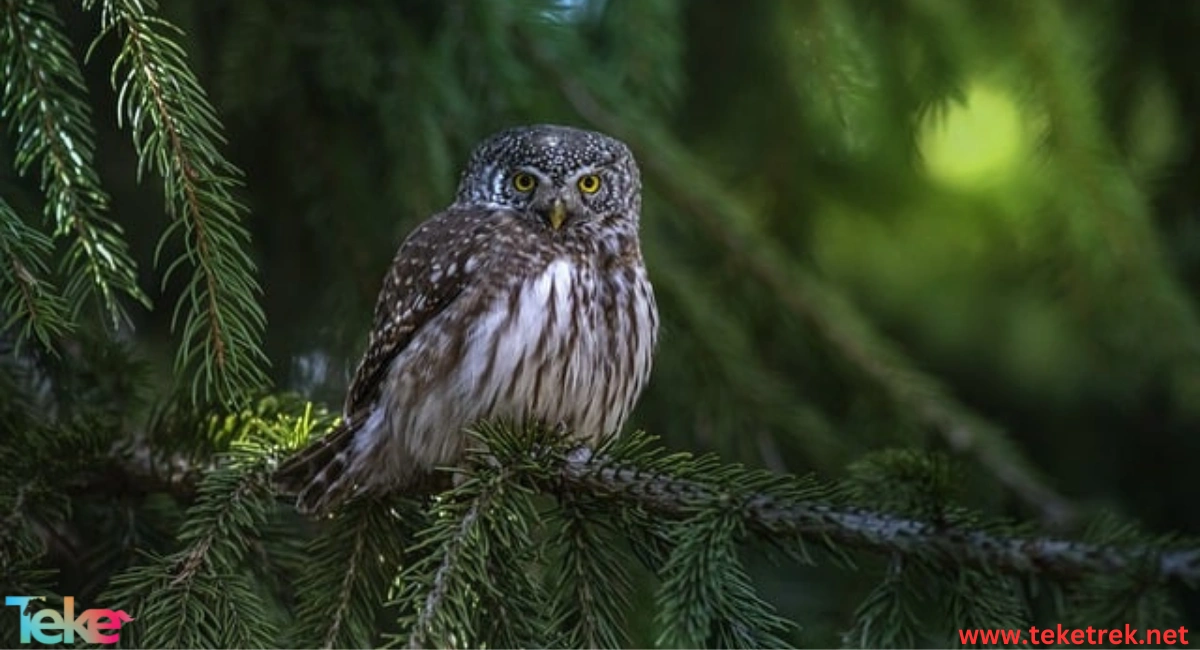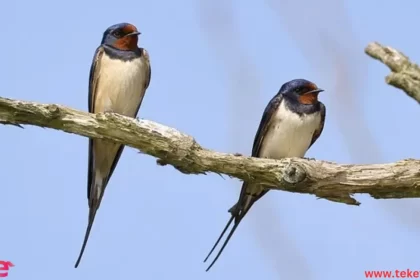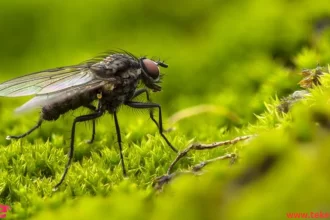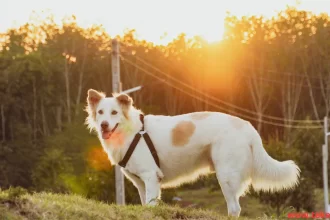The barn owl is considered one of the frightening animals that cause terror to many people, as it suddenly appears while driving in open areas at night. It is called the barn owl because it often inhabits barns and other old, abandoned buildings.
This owl perches in scary and quiet places during the day and can be especially seen in winter, as barn owls spend most of their time hunting to survive in the cold weather.
In this article in TekeTrek Website, we will introduce you to the most important information related to this object. Follow along with us.
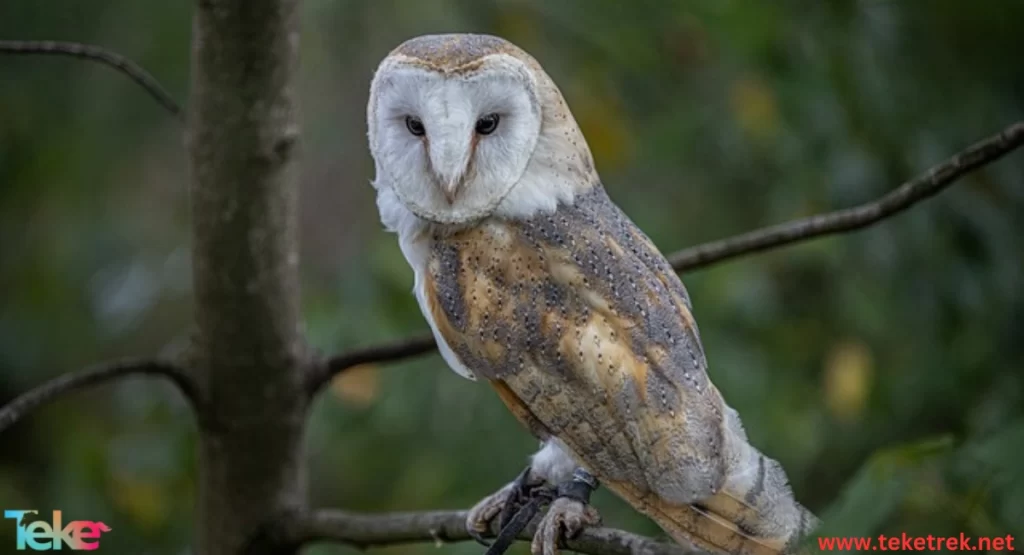
What are the characteristics of the barn owl?
- The barn owl belongs to the Tytonidae family and the genus Tyto, and its scientific name is Tyto alba.
- The barn owl is characterized by its pale, ghostly appearance, and it is usually completely nocturnal, being one of the silent predators in the world of darkness.
- The barn owl is slender with a distinctive white heart-shaped face, black eyes, and a pale beak.
- The Barn Owl colors are rump, back, and upper wings is orange and gray, marked with white spots.
- The throat, chest, and belly are white from below with some dark spots.
- The long legs of the barn owl are completely covered with white feathers, even the gray toes.
Barn Owl habitat
Barn owls are found throughout Great Britain, Ireland, North America, Australia, and the southwest Pacific islands. They prefer to live in the countryside, open agricultural lands, and along road edges.
Barn owl diet
- The barn owl is a carnivorous animal, feeding on small mammals including mice, shrews, rats, and voles.
- The barn owl has an easy time catching prey, thanks to its ability to see long distances, sensitive hearing, and silent flight.
What are the breeding stages of the barn owl?
- Although there is no specific season for barn owl breeding (as it largely depends on food supplies), it usually occurs between March and August, as suggested by its name.
- The barn owl nests in cavities of barns and old buildings, as well as in tree cavities.
- Barn owl nests are built on top of the previous year’s debris.
- About 4-6 eggs are laid in the nest, and they hatch a little over a month later. The young are ready to grow at about two months of age.
Some facts about the barn owl
- The barn owl swallows its prey whole, skin, bones, and all.
- Up to 46 different subspecies of the barn owl have been described worldwide.
- The species found in North America is the largest, weighing more than double the smallest species found in the Galapagos Islands.
- Female barn owls are somewhat more flamboyant than males.
- The barn owl has a redder and more spotted chest,
- and the spots may indicate the quality of the female.
- Females with dense spots suffer from fewer parasitic flies and may be more resistant to parasites and diseases.
- The spots may also encourage the male to provide more help in building the nest.
- In an experiment where spots were removed, some females fed their mates’ chicks less than females who left their spots alone.
- The barn owl has excellent low-light vision and can easily find prey at night by sight.
- However, the barn owl’s ability to locate prey by sound alone is the best among any animal ever tested.
- Barn owls can catch mice in complete darkness in the lab, or hidden among plants or snow in the real world.
- The oldest known barn owl in North America lived in Ohio and was at least 15 years and 5 months old when it died.
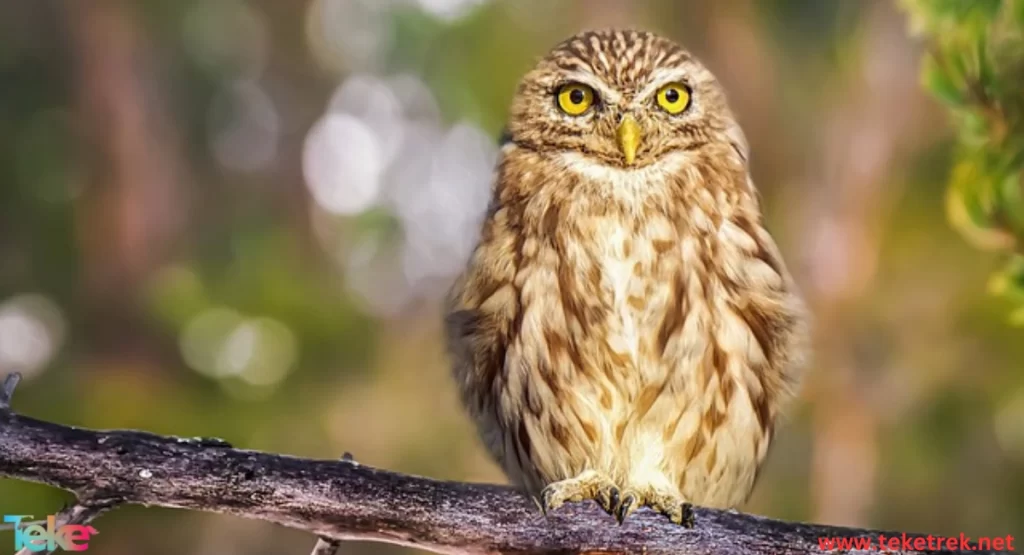
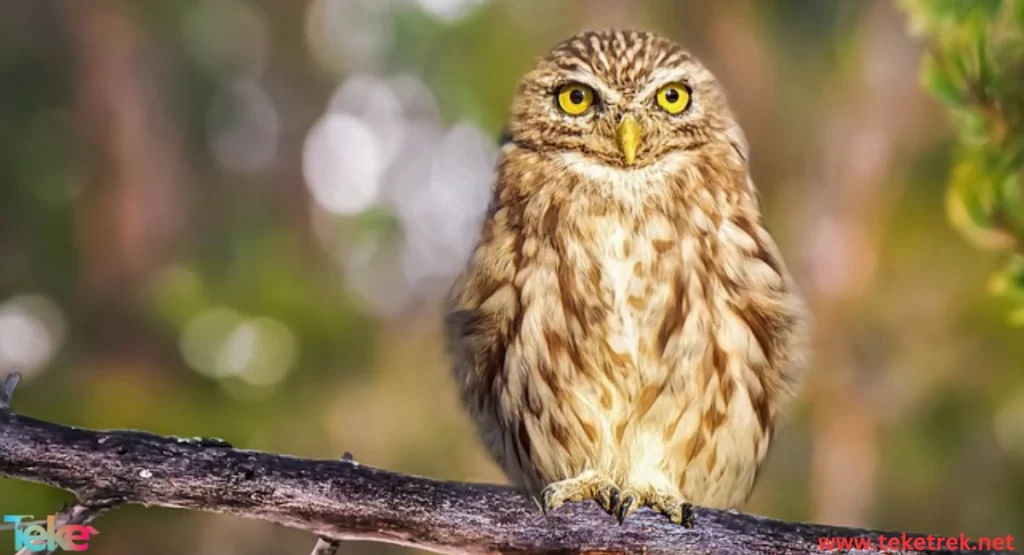
The most frequently asked questions about barn owls
- Is it rare to see a Barn Owl?
It is uncommon and difficult to see because it is nocturnal and stays indoors during the day.
- How Barn owl size?
Barn Owl height measures 33 to 39 cm, a Barn owl wingspan of 80 to 95 cm, and weighs from 224 to 710 grams.
- What is special about a barn owl?
Barn owls have excellent vision in low light, and can easily find prey at night by sight, and are also able to locate prey by its sound.
In conclusion, although the barn owl is not considered an endangered species, the number of barn owls has declined sharply over the years due to pollution and habitat loss, making it increasingly difficult for barn owls to find food in some areas.

